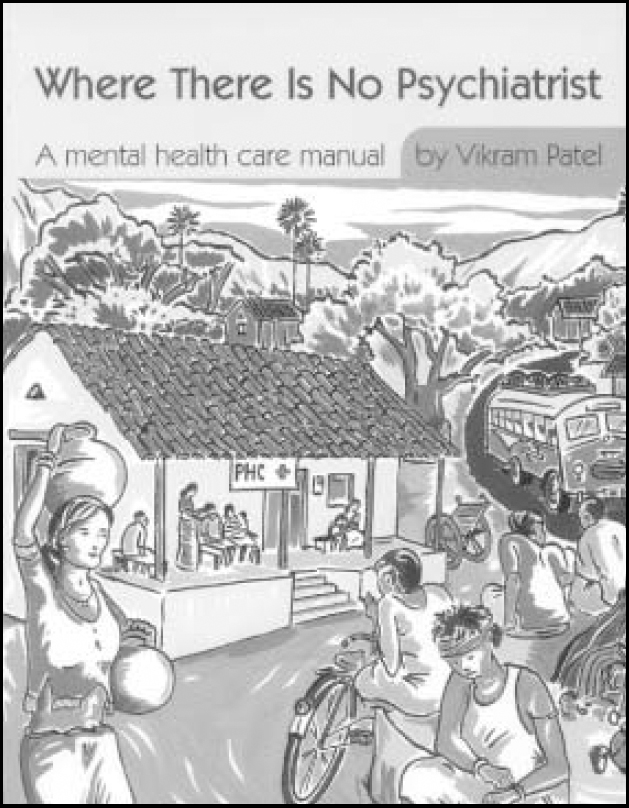
When I learnt that this book was in preparation, the immediate question I asked was, ‘Why has it taken so long for such a book to be written?’ It was a quarter of a century ago when David Werner's book, Where there is no Doctor, came out. In a few years, the book had become a household name in many low-income countries. The book served as a reference text for health workers and lay people, and many families kept a copy for their own use. The book enabled ordinary people to understand common diseases and empowered them to ‘do something’ rather than watch helplessly as the patient suffered. It was often the only source of help for a teacher in a boarding school in a rural area, miles from the nearest health centre, when a pupil became sick in the middle of the night and there was no telephone or transport.
Can Where there is no Psychiatrist fulfil a similar role? I think this is what the author had in mind. The need for a simple manual, which could help rural health workers to recognise and manage common mental disorders, has been apparent for many years. During the past few decades, there has been increasing awareness of the magnitude of mental health problems and their impact on individuals, families and communities. Attitudes towards mental illness have also changed, with more people coming forward for treatment. Despite this positive development, access to mental health care in low-income countries is still extremely poor and there is a serious shortage of mental health care workers. However, most of these countries have large numbers of community workers who could be deployed to deliver mental health care if they had the necessary knowledge and skills. Where there is no Psychiatrist might go some way in providing such knowledge and skills.
The book is divided into four sections. Section one gives an overview of mental disorders, their assessment and management. Here, the author attempts to explain the concept of mental illness, particularly non-psychotic conditions, in simple terms that can be understood in cultures where mental illness is often equated with psychosis, and depression and anxiety are not recognised as mental disorders. The use of many illustrations and case histories is extremely helpful.
Section two describes specific clinical syndromes ranging from the traditionally recognised psychotic and non-psychotic conditions to emerging problems, such as HIV/AIDS, domestic violence and abuse.
Section three deals with the challenging problem of integrating mental health care into other sectors. Integration is a major determining factor in success or failure in the delivery of mental health care by primary health care workers. The issues of prevention and mental health promotion are also adequately treated here.
The final section focuses on drugs for the treatment of mental disorders. The drugs chosen are similar to those in the World Health Organization list of essential drugs for primary health care. Information on resources available in the community and how to use them, the flow chart to aid diagnosis and the management of common conditions, is also described.
So, will this book fulfil a similar role to Where there is no Doctor? My personal answer is yes but, time will tell. Many users of the book may require some training.



eLetters
No eLetters have been published for this article.